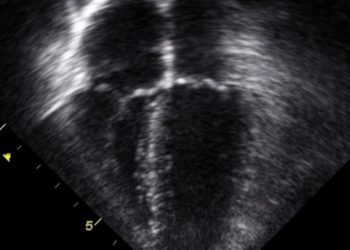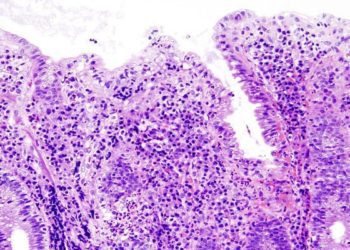High levels of serum hypersensitive C-reactive protein are associated with non-alcoholic fatty liver
1. Increased levels of hypersensitive C-reactive protein was associated with increased risk of non-alcoholic fatty liver disease among non-obese individuals.
Evidence Rating Level: 3 (Average)
Non-alcoholic fatty liver disease (NAFLD) is the most common liver condition worldwide; yet, its pathogenesis remains unclear and there is no definitive treatment. Hypersensitive C-reactive protein (hs-CRP) is a marker of systemic inflammation and has been associated with NAFLD. As few studies have focused on non-obese populations, this study investigated whether hs-CRP was associated with NAFLD among non-obese individuals. Participants were recruited from a Health Examination Center in Ningbo City, China from March 2017 to November 2017. Participants were divided into NAFLD group and control group. Levels of hs-CRP were categorized into quartiles: quartile 1 (≤ 0.3 mg/L), quartile 2 (> 0.4 mg/L- ≤ 0.5 mg/L), quartile 3 (> 0.5 mg/L- ≤ 1.0 mg/L), and quartile 4 (> 1.1 mg/L). Among the 6558 participants included in the study, 1396 were in the NAFLD group (mean age ±SD = 51.5 ± 12.8 years, male N (%) = 1056 (76%), mean BMI = 23.7 ± 1.8 kg/m2) and 5162 were in the control group (mean age ±SD = 48.4 ±15.3 years, male N (%) = 3184 (62%), mean BMI = 21.5 ± 2.1 kg/m2). Compared to the control group, the NAFLD group had higher hs-CRP, age, waist circumference, BMI, and systolic and diastolic blood pressure, among others (p < 0.001). Prevalence of NAFLD was higher among individuals in the upper quartiles of hs-CRP levels (p < 0.001). Additionally, NAFLD risk increased with each higher quartile of hs-CRP (Odds Ratio (OR) 95%CI: quartile 2 = 1.79 (2.19, 2.69); quartile 3 = 3.50 (2.90, 4.21), quartile 4 = 5.39 (4.50, 6.47)). Results remained significant after adjusting for covariates (p < 0.05). Overall study findings suggest that hs-CRP levels may be an important risk factor for NAFLD in non-obese individuals. Future studies are needed to validate study results and explore the mechanisms underlying these findings.
Click to read the study in EJMR
Image: PD
©2024 2 Minute Medicine, Inc. All rights reserved. No works may be reproduced without expressed written consent from 2 Minute Medicine, Inc. Inquire about licensing here. No article should be construed as medical advice and is not intended as such by the authors or by 2 Minute Medicine, Inc.







